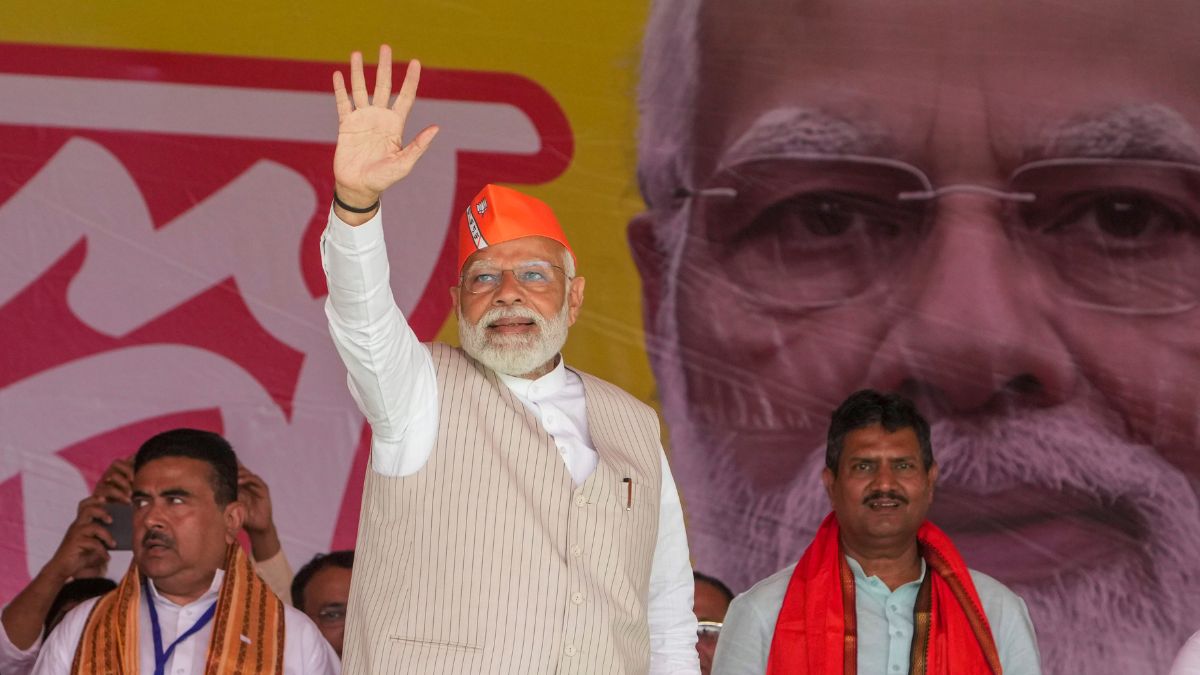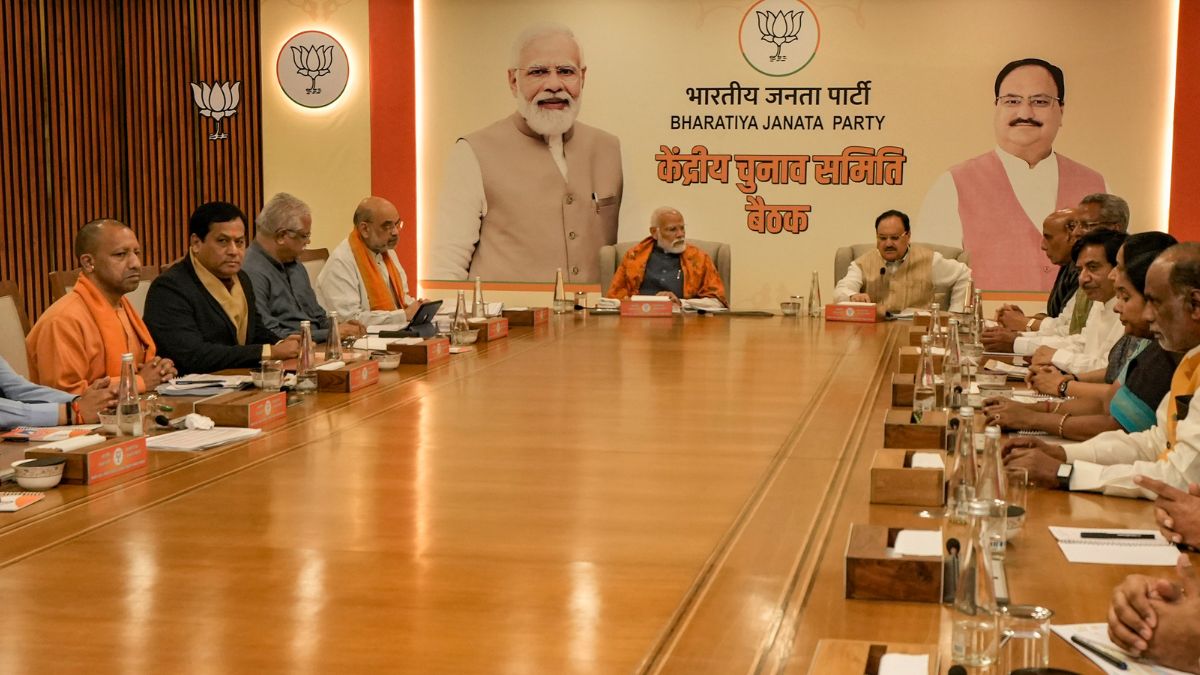After taking over as Google chief in August , Sundar Pichai is on his first India visit. And he’s taken over at a time, when a lot of his competitors are eyeing a larger piece of the Indian pie.
Over the four months that went by, PM Narendra Modi visited him in the Silicon Valley, in addition to Mark Zuckerberg and Satya Nadella at their respective headquarters. Now he’s returning the courtesy by paying a visit to India.
Not too long ago, Zuckerberg and Nadella flew down to India, and we now have Pichai calling in.
Numbers matter
Every CEO, Indian or otherwise, needs to scale up their company, and look at numbers. Investor returns are a significant influence in decision making. In balance sheets, as well as sales volume. To achieve both, you need markets that let you scale.
A case in point being China and India. Isn’t surprising that between the two nations, Hindi-Chini make up 36.41 percent of the world’s population. If China was a free market, companies would have deeply focused on furthering reach in China. Perhaps the biggest setback Google faced was when it had to wind up from China about five years ago.
What we heard from Google back then seemed to indicate that the decision lied on principles. But despite rattling Chinese authorities and nothing changing significantly, Google is working towards seeing the Google Play Store increase its presence in China.
The two are isolated one may argue. May be they are. But we still don’t have product launches happening in India on day one of a launch. Wouldn’t it be great if Sundar Pichai launches the next major Nexus device or the next Android rollout happens from one of the most important markets on the planet? But that just might be too much to ask. What we would get is the Android One.
Specially crafted technology for India, and the emerging world. The other countries where Android One is present is Pakistan, Nepal, Sri Lanka, Thailand, Nigeria, Indonesia, Myanmar, Philippines, Turkey, Spain, Portugal and Bangladesh.
As PM Modi puts it, we’re a nation of 125 crore Indians. And as per data available, 50 percent of these are below the age of 25, and 60 percent below the age of 35. That’s the perfect demographic for mobile and web products, a major portion of Google’s interest. But India aspires to be among the best in the world. That’s what programmes such as Make in India, and Digital India are trying to accomplish.
The rise of Sundar Pichai
A couple of months ago, Sundar Pichai took over responsibility from Larry Page and Sergei Brin to head Google. And that meant a big deal. Google continues to stay what it was. But the group went on to become Alphabet , which includes many other business units that have always existed within Google. Prior to the renaming, Pichai was the chief of Android, a product that was earlier managed by its inventor Andy Rubin.
On his promotion, he was congratulated by PM Modi, Tim Cook and Satya Nadella among other prominent personalities. All through the years, as chief of Android within Google, we didn’t hear much about Pichai, but for the ChromeOS, Chromebooks and recently Android releases at IO, the annual developer conference, which has had greater emphasis on the direction Android would take over the coming year.
At the end of the day, it’s business as usual
In all the years Pichai spent at Google, he maintained a rather low profile, and we hadn’t heard too much of him. From the geek, Pichai has successfully transformed himself to a business leader. And as expected by an able business leader, he’s taking every possible opportunity to harness growth. Google’s growth!
So when Zuckerberg wrote about being welcoming towards Muslims, Pichai did echo the same sentiment and spoke about intolerance. Well, intolerance in India is much more vocal debate compared to the United States. Since India is witnessing improvement in the ‘ease of doing business’, it is prudent to engage effectively with the Indian leadership at this opportune moment to secure as much fillip as possible to further its market reach.
Set up internet infrastructure
India has an insatiable appetite for internet bandwidth and connectivity. We love Bollywood and Cricket. To add to the ABCD of Indian internet consumption, it’d be Astrology, Bollywood, Cricket and Devotional material, of which the last three are bandwidth intensive. And Google has pledged to provide Wi-Fi across 500 Indian railway stations. That’s worthy of appreciation and gratitude. But why couldn’t India get connectivity across its railway stations? There certainly exists the means and the opportunity. SBI ATMs across the country seem to be connected via an optical fibre backbone. We must not forget that the world’s largest railway network also drives e-commerce in India due to its sheer volume of online bookings, all connected together via a massive network. And a strong RailTel backbone of high capacity runs up to 45000 km. That’s just the Indian Railway’s capability.
Add to it state owned BSNL and MTNL infrastructure, then the plethora of telecom operators and Indian service providers, which run close to a dozen currently. Many of them are gearing up to bring in high speed 4G services through the length and breadth of India. Yet we weren’t able to accomplish this feat in all these years. But instead, the telecom sector is ridden with problems ranging from call drops to spectrum scarcity to the lack to dependable broadband among others.
The wherewithal to set up broadband internet access exists in this country. What doesn’t exist is a penchant for service quality. That’s where the government needs to step in, crack the whip, and ensure that the industry falls in line. We certainly ought to look within to solve our infrastructure problems.
What’s the way forward?
That global heads of technology companies are visiting India is definitely welcome. But we must take it upon ourselves to build our infrastructure. We could and must take pride in Indians leading the best companies across the globe, and their achievements. China, for instance, wouldn’t see heads of American companies line up to meet Xi Jinping. The infrastructure in China is entirety built by Chinese companies.
In the past, when Bill Gates visited India in 2002, we did make a big deal about it. He met then President, Late APJ Abdul Kalam, and Union IT Minister Pramod Mahajan. But he also had an interest that deeply benefited the real people of India. Moreover, he didn’t have an abrupt start to a series of engagement with global leaders. Through the Bill and Melinda Gates Foundation, Gates has addressed problems such as AIDS and Malaria in India. He’s met Indian political leaders numerous times.
We also wonder, what happens to the concerns raised by the Competition Commission of India around Google search dominance and Google India’s brush with Indian Income Tax authorities?


)




)
)
)
)
)
)
)
)